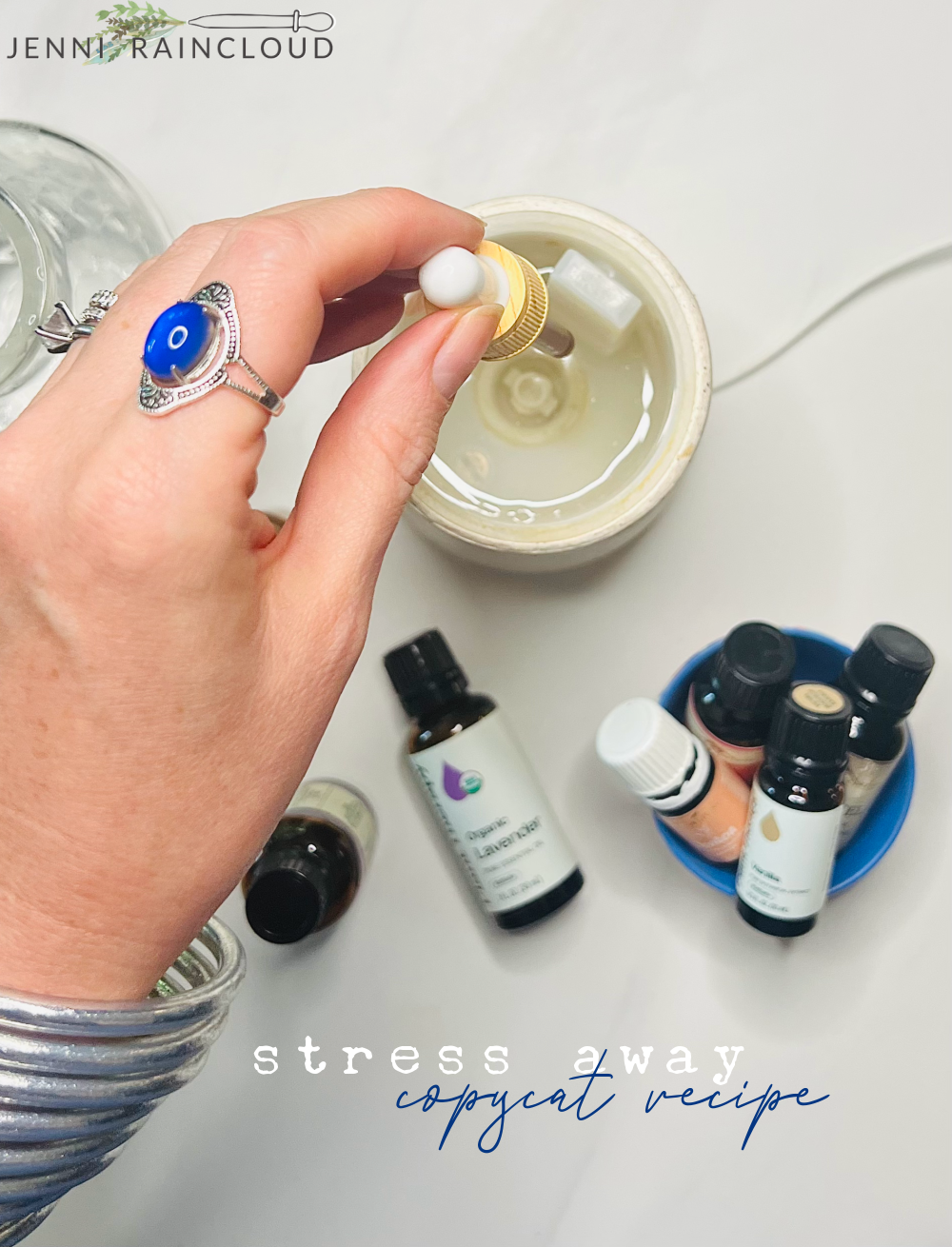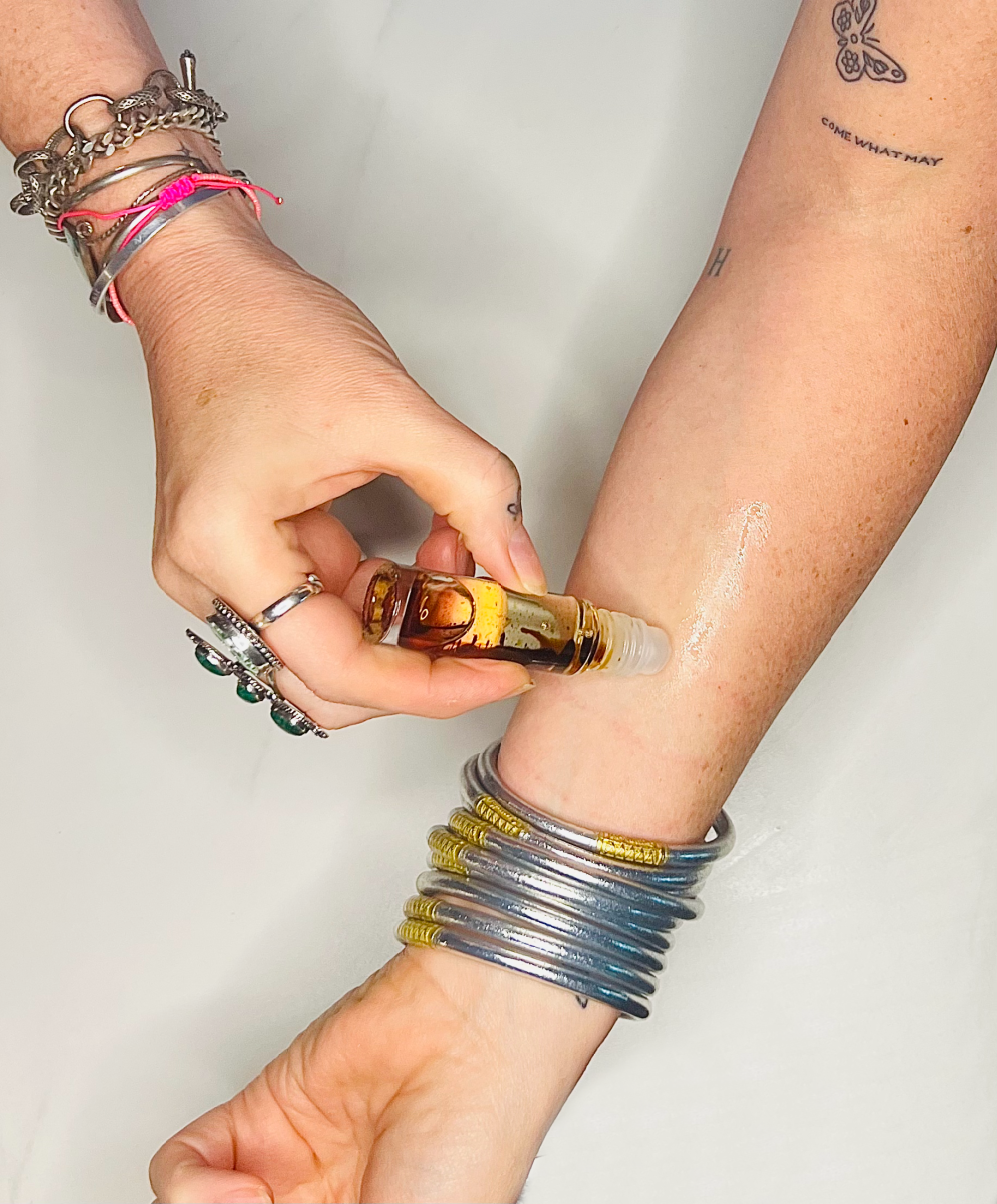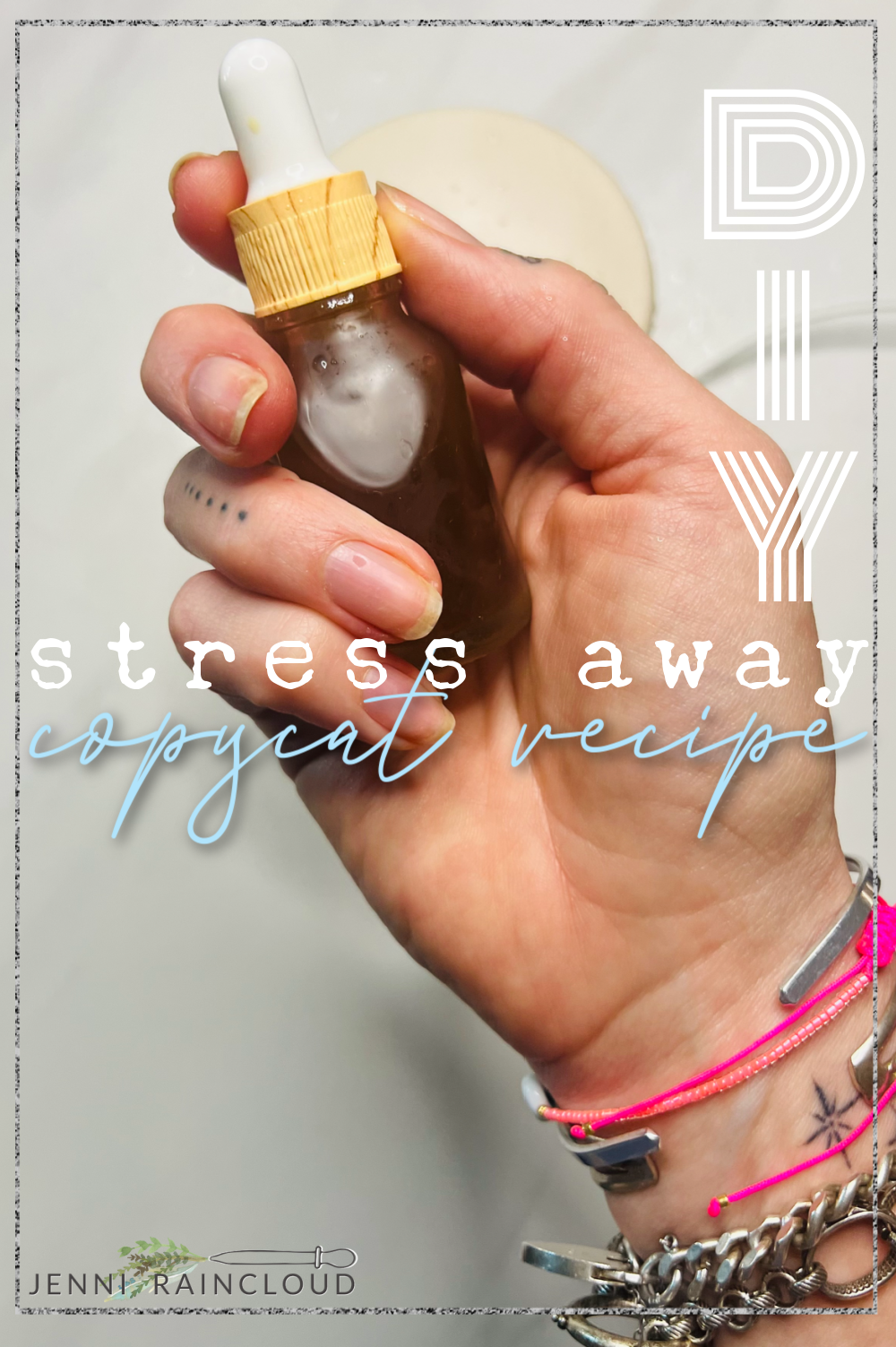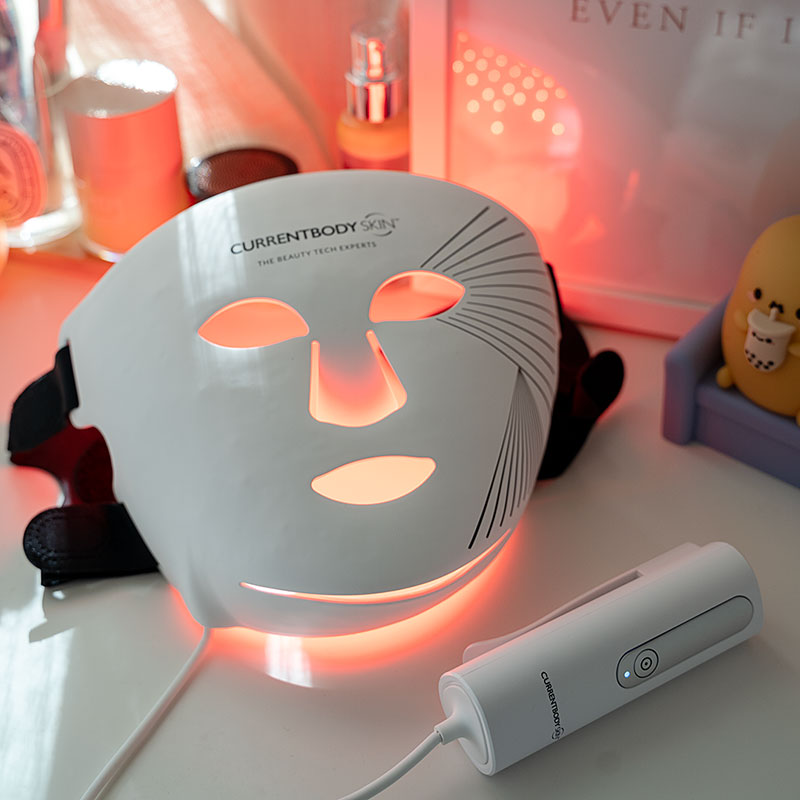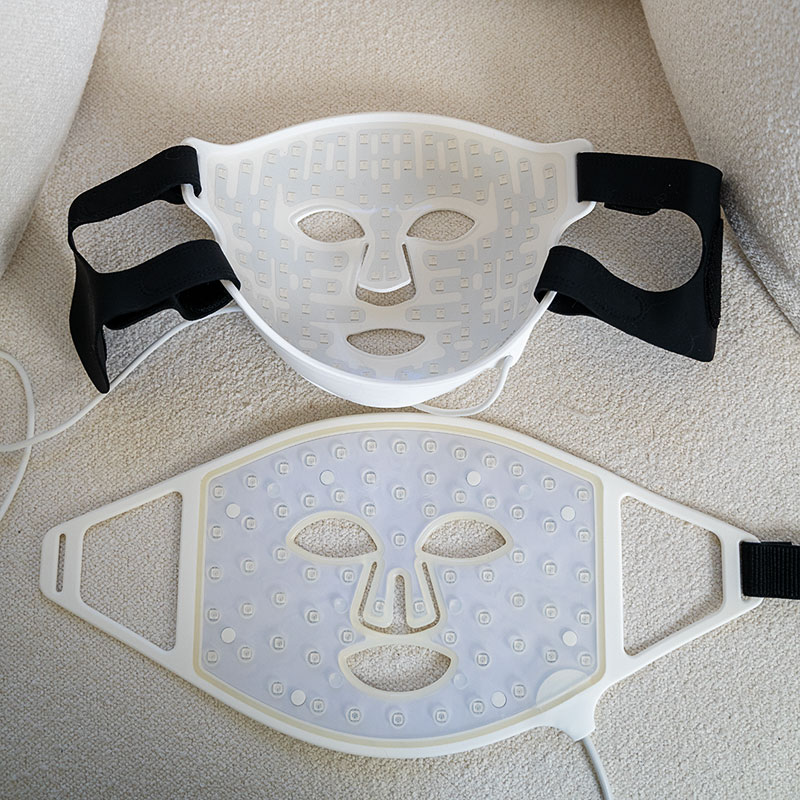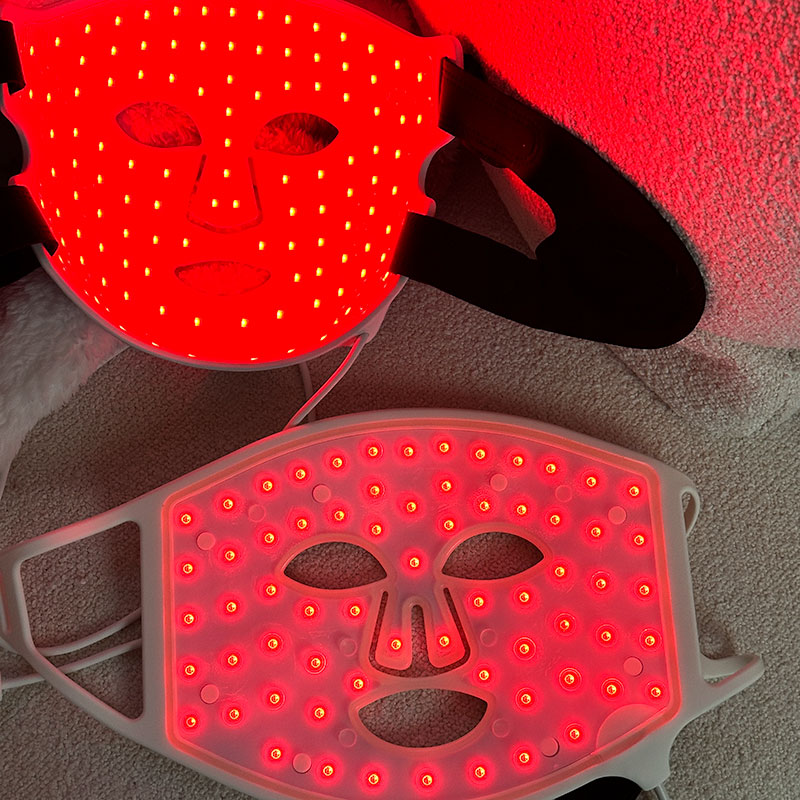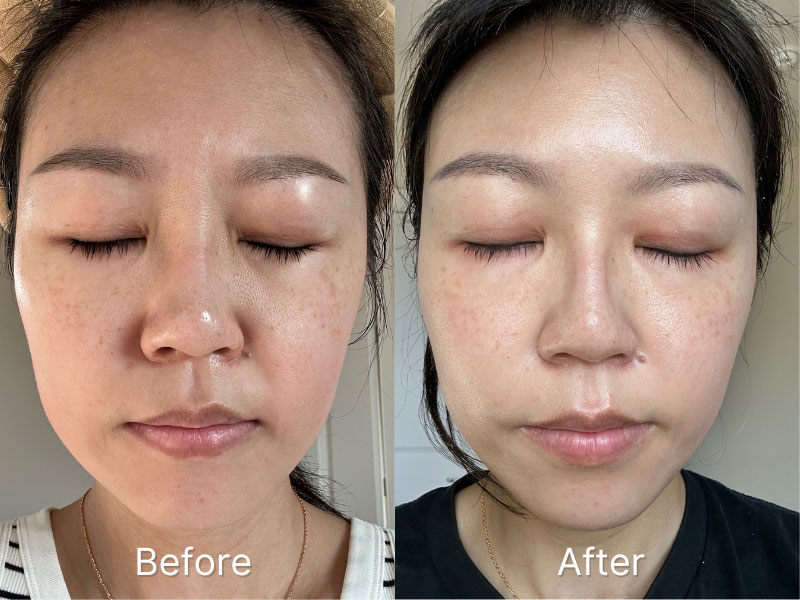From South Korea, “It’s Skin” is drawing eyes globally with its distinctive skincare philosophy. But what truly makes it shine? Definitely their Power 10 Formula series. It’s like they’ve got a serum for every skin hiccup—dryness, lack of elasticity, open pores, and irritation, making it very easy to tailor your routine. I’ve tried every single one, but for today’s discussion, I’m all about the It’s Skin Hyaluronic Acid Serum. It’s the universal go-to, a stellar choice to kick things off. We’ll dive into what it’s made of, its impact on the skin, and my overall impressions.
First Impression and Packaging
Stepping into the world of It’s SKIN, like with many K-beauty gems, means experiencing packaging that nails both functionality and flair. Here’s my rundown:
- Bottle Type: The serum comes in a glass bottle, which is both a classy and clever choice. Why? Because glass ensures active ingredients stay effective.
- Dispenser: It’s Skin Hyaluronic Acid Serum comes with a pump dispenser, and let me tell you, it’s a total win. It is delivering the perfect amount every time, ensuring no waste or overuse.
- Aesthetics: The packaging’s design is sleek and straightforward and lets the product inside do the talking with a clear bottle and informative label. It’s easy on the eyes and makes finding what you need a breeze.
I’ve got to hand it to them; this packaging isn’t just functional. It’s a statement of the brand’s commitment to clarity and quality. And honestly, I’m here for it.
Breaking Down the Ingredients
I went through every ingredient in It’s Skin Hyaluronic Acid Serum, tagging the good-to-go ingredients with a green mark and the side-eye ones with a red.
Exclusive to Registered Users
Sign up for a free account to access this article.
Subscribe









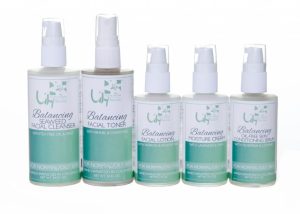 At our spa, our team and our customers love the Balancing line to manage acne-prone skin. These herbal skincare products provide the essential balance needed to cleanse and heal the skin, while laying down a defense to prevent future breakouts. We frequently recommend the following products and regimen to our customers who are challenged by oily or acne-prone skin:
At our spa, our team and our customers love the Balancing line to manage acne-prone skin. These herbal skincare products provide the essential balance needed to cleanse and heal the skin, while laying down a defense to prevent future breakouts. We frequently recommend the following products and regimen to our customers who are challenged by oily or acne-prone skin: Get 15% off and a FREE ebook with 25+ dry skin remedies:
Get 15% off and a FREE ebook with 25+ dry skin remedies: